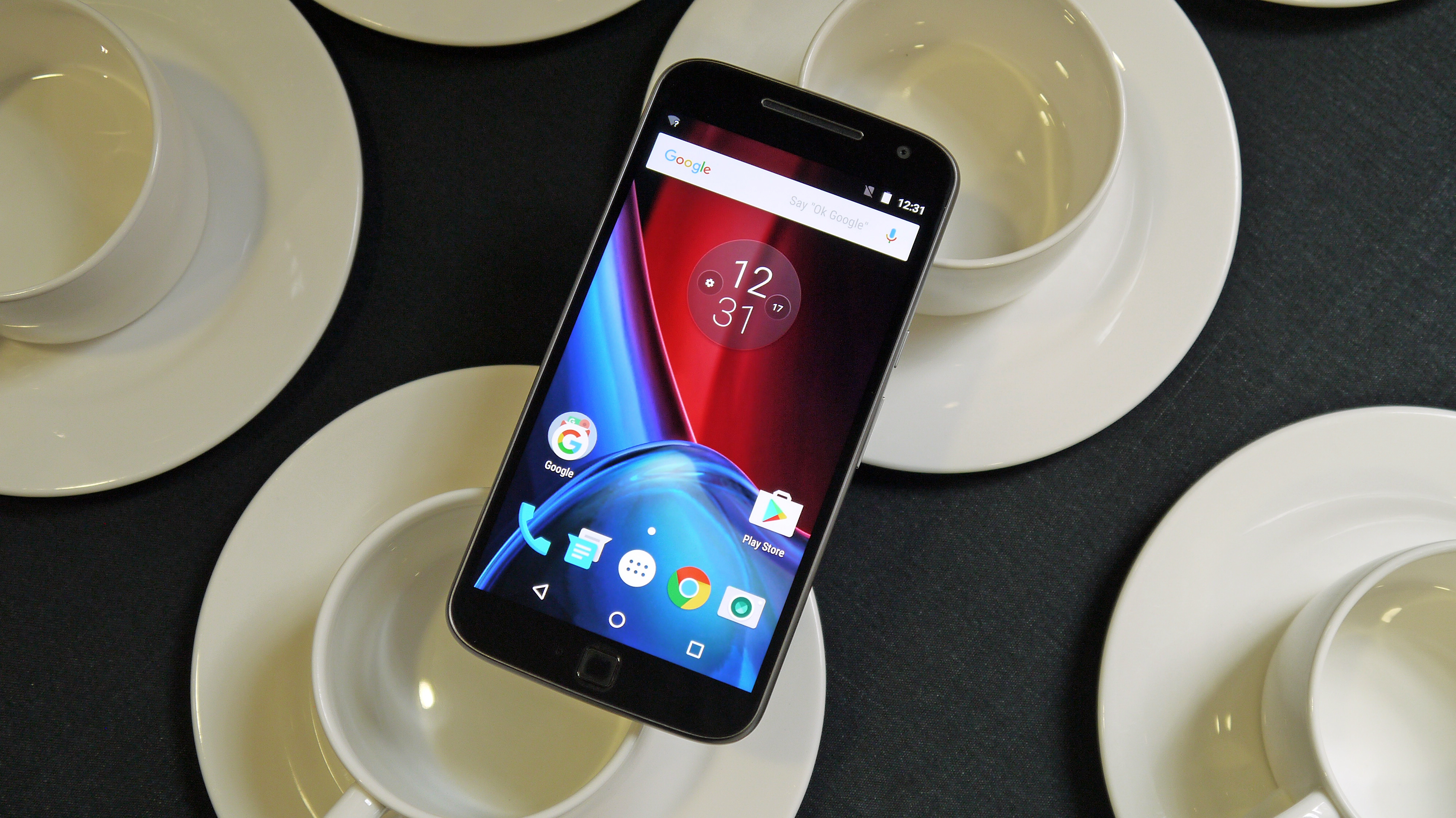Why you can trust TechRadar
The 16MP main camera in the Moto G4 Plus is a definite highlight, and the camera app couldn't be easier to use.
The default interface is very simple. There's the option to turn HDR and the flash on or off (both are set to automatic by default). There's also a timer option, and a toggle for switching to the front-facing 5MP camera.
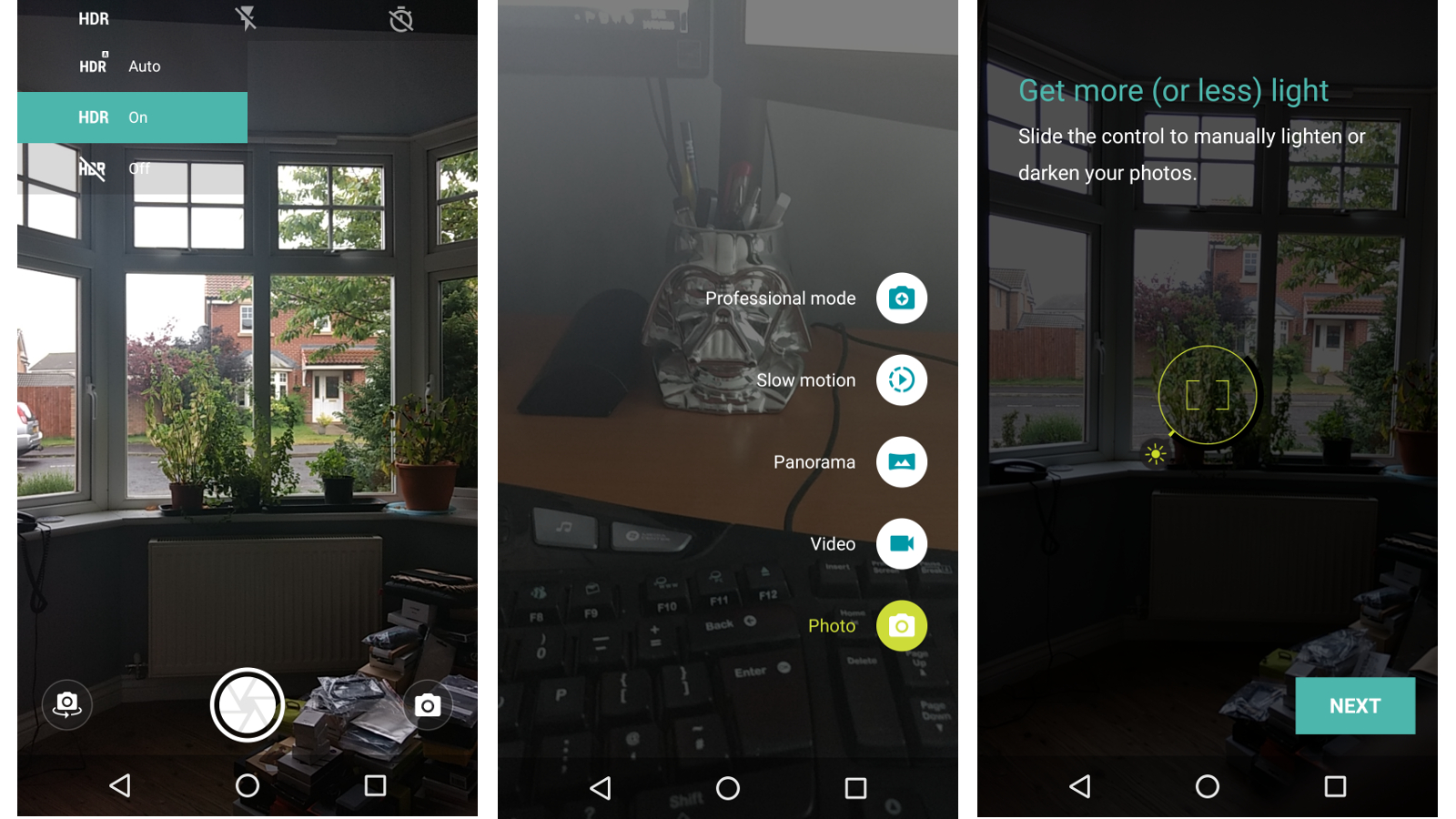
The automatic settings generally deliver good results. Tap the screen and give the camera a moment to adjust before you snap, and you'll rarely be disappointed.
I had no issues in good lighting, as you'll see in the sample shots; whether it's a close-up or a landscape, the G4 Plus camera produces decent results. It seems to capture vibrant colours fairly accurately, maybe with a slightly cold blue tinge in tone. Most photos also boast an impressive level of detail.
The G4 Plus has both phase detection autofocus and laser autofocus. Phase detection is designed to work in well-lit conditions, while laser autofocus helps you capture great detail in low light.
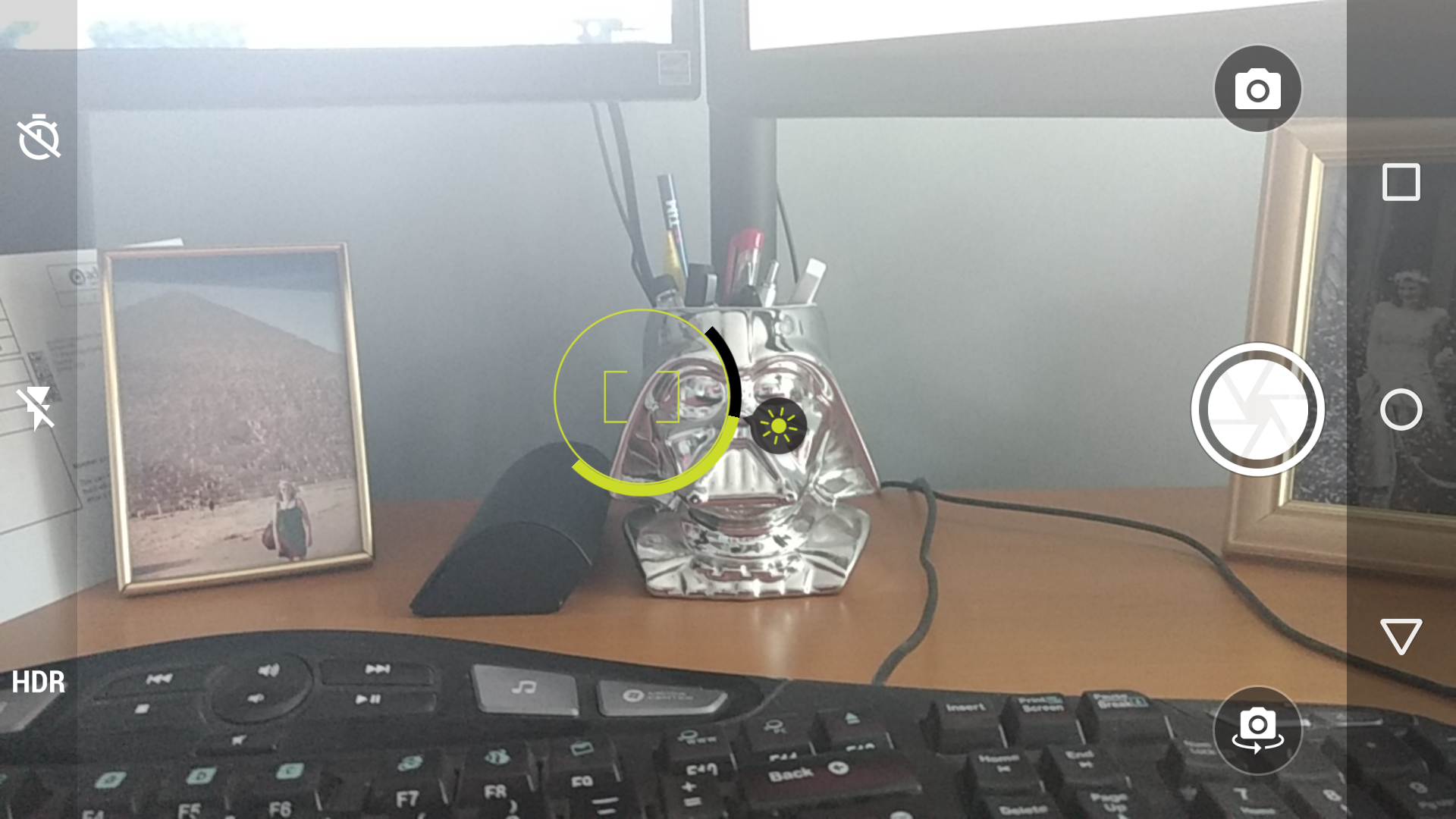
Motorola says the G4 Plus has a f/2 aperture, big pixels and a dual LED flash for "low light brilliance". I'm not really seeing loads of evidence of that.
There is a small brightness setting on the focus circle if you tap the screen, which enables you to adjust the brightness level, but noise quickly creeps in when the setting is dark, and you lose detail rapidly when you crank the brightness up.
Sign up for breaking news, reviews, opinion, top tech deals, and more.
The low light performance isn't terrible, but it doesn't feel special either.
On a dour day, HDR significantly boosts the brightness compared to a standard shot, but it inevitably takes a moment to process each photo.
If you delve into the settings you'll find the usual panorama, video and slow motion video options, but there's also a professional mode. This opens up a world of curved sliders, enabling you to tweak the camera settings before you capture a shot; playing with these, you begin to get a better understanding of the camera's capabilities.
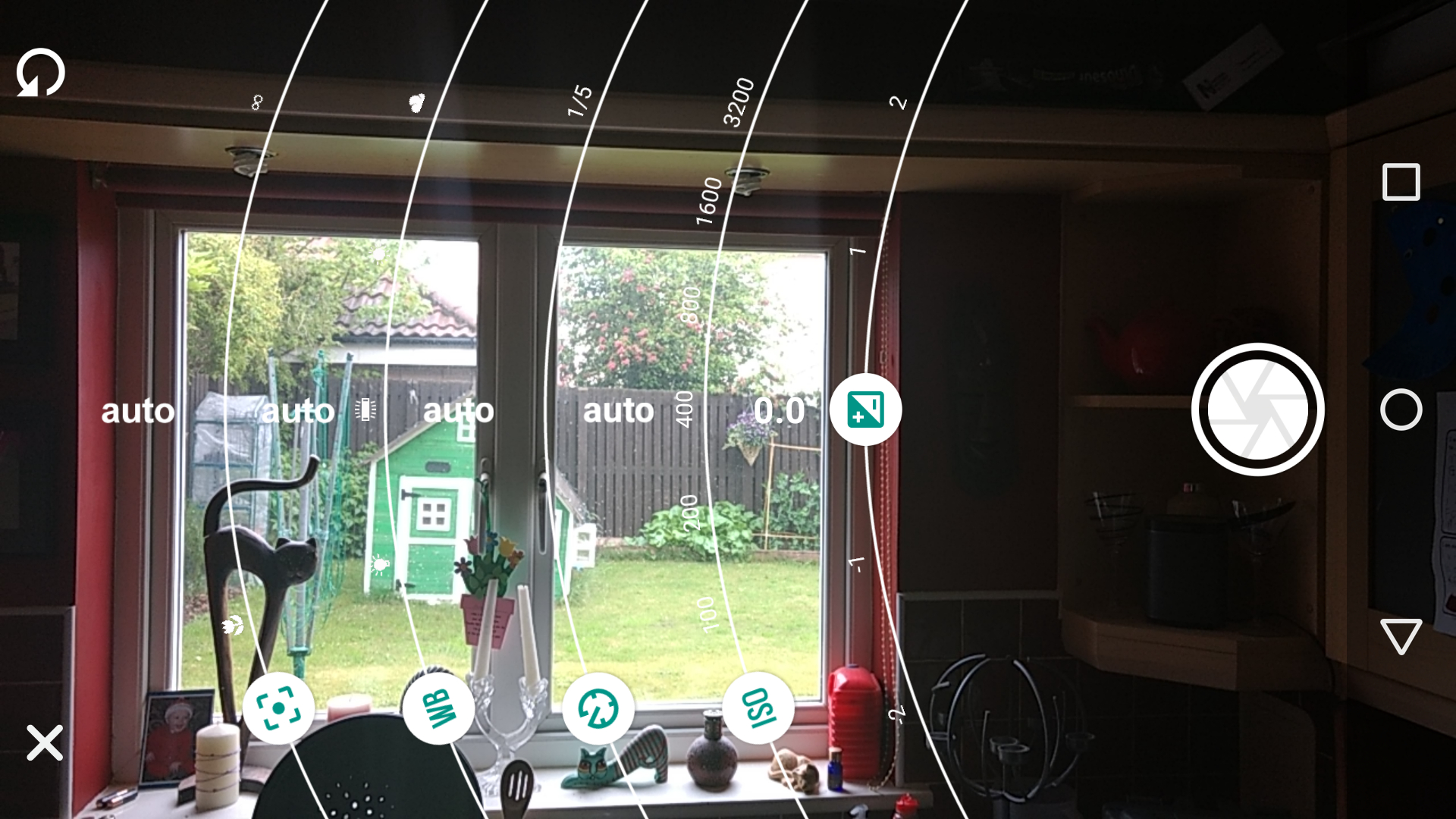
The camera app does fire up fairly quickly most of the time, and there's a double twist gesture that you can employ as a shortcut, which is handy. It's also quick to focus in good light.
Although I really like the G4 Plus camera, there are some disappointments lurking here. You'll need to carefully and slowly frame your shot, pick your focus, and ideally take the photo in HDR for the best results, and that's not always possible.
There's also no OIS (optical image stabilization) in the G4 Plus. That's not really a surprise at this price, but it makes a difference to the quality of the shots you can capture off the cuff as you scramble to snap a spontaneous moment.
The video recording is also limited to 1080p at 30 frames per second. That shouldn't bother too many people right now, but 4K is gradually becoming the new standard.
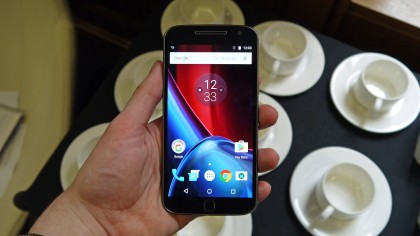
You can snag decent selfies with the front-facing 5MP camera. This has a wider f/2.2 aperture, and also supports auto-HDR. The results, even in low light, are pretty respectable, so the G4 Plus is a good choice for selfie addicts.
I'm probably being unfair mentioning things like OIS, to be honest. When you compare the G4 Plus to the latest crop of flagships you have to consider that those phones are around the twice the price, if not more. The G4 Plus actually stands up really well.
The fact is that this is easily the best camera I've come across on a budget Android phone.
The extra features and higher resolution elevate it above the Moto G4's 13MP camera. You'd really have to do a side by side comparison to determine just how stark the difference is, but I suspect the camera alone makes the G4 Plus worth the extra cash.
Camera samples











